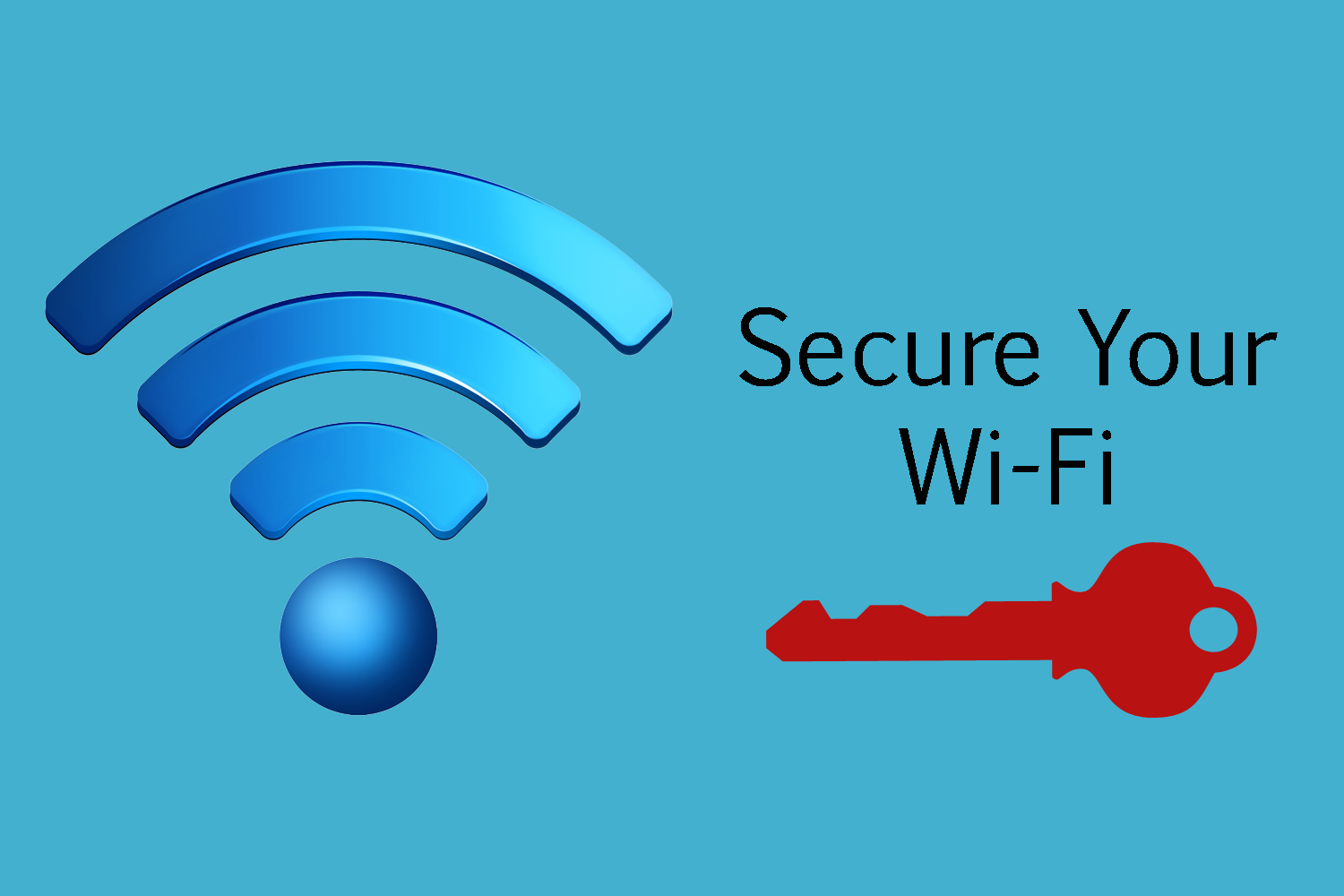8 Things You Must Do to Secure Your Wi-Fi Network
In today’s world, working without access to wireless internet would be nearly impossible. Wi-Fi is used by people all over the world for anything from entertainment purposes to achieving their work goals. However, with the internet’s widespread use comes an underlying threat in the form of hackers looking to exploit security vulnerabilities in order to get access to your personal data and information. As we get closer to a future when everything from our phone to our refrigerator is connected to the internet through a wireless connection, it’s becoming increasingly vital to know how to keep our Wi-Fi safe and secure. We’ll cover all you need to know about Wi-Fi security basics and which wireless security you should employ in this article.
1. Change Your Router’s Preset Passwords
Default passwords should be changed. To make setup simpler, most network equipment, including wireless access points, comes pre-configured with default administrator passwords. Because these default passwords are easily obtained online, they offer only a fraction of security. Changing default passwords makes it more difficult for hackers to get access to a computer. Complex passwords, which you should use and change on a regular basis, are your first line of defense in securing your wireless network.
2. Encrypt Your Network’s Traffic
Encrypting data transmitted over your network scrambles the data. Other people will be unable to observe what you’re doing or obtain your personal information as a result of this. Simply change your router settings to WPA3 Personal or WPA2 Personal to secure your network. WPA3 is the most recent — and strongest — encryption available, but both will secure your data.
3. Keep Your Router Up To Date
Visit the manufacturer’s website to see whether a newer version of the software is available for download before setting up a new router or making modifications to an existing one. Register your router with the manufacturer and sign up for updates to ensure you get the latest version. Check with your Internet Service Provider (ISP), such as Verizon or Comcast, to see whether it sends out automatic updates for your router.
4. Access Should Be Restricted
Allow only authorized users to connect to your network. A media access control (MAC) address is assigned to each piece of network hardware. By filtering these MAC addresses, you can restrict access to your network. For particular instructions on how to enable these capabilities, consult your user documentation. You can also take advantage of the “guest” account, which is a common feature on many wireless routers. This feature allows you to provide guests wireless access on a separate wireless channel with a different password while keeping your primary credentials private.
5. Turn Off Additional Features
Some routers include functions that are useful but compromise your network’s security. Remote access to your router’s controls, for example, allows you to make changes via the internet. Instead of inputting the network password, WPS allows you to connect a device to the internet by pressing a button on the router. Lastly, UPnP allows your devices to discover one another on the network. These features may make it simpler to add devices to your network or allow guests to use your Wi-Fi, but they may compromise the security of your network.
6. Keep Your Service Set Identifier Safe (SSID)
Avoid making your SSID public to prevent outsiders from simply accessing your network. Users can secure their device’s SSID on all Wi-Fi routers, making it more difficult for attackers to find a network. Change your SSID to something unique at the very least. Leaving it at the manufacturer’s default settings could allow a potential attacker to figure out what kind of router you have and exploit any known flaws.
7. Set Up A Firewall
Consider installing a firewall on both your wireless devices and your home network (a host-based firewall) (a router- or modem-based firewall). Attackers who get direct access to your wireless network may be able to bypass your network firewall; a host-based firewall, on the other hand, adds another layer of security to your computer’s data.
8. Protect Your Devices
Hackers can gain access to your data via unsecured networks, and they can also gain access to your network via unsecured devices. Read about keeping your devices secure for advice on how to lock down your gadgets.
Securing your network should be a top priority for everyone interested in the safety and security of the information. These instructions are simple enough for even the least tech-savvy individual to follow. Also, keep in mind that the security of your wireless network can be weak at times, making it vulnerable to attacks. We have put together this guide on how to secure your wireless network and the devices that connect to it. You will improve your home network security and prevent as many cyberattacks as possible if you follow the tips in it. Of course, none of these solutions are perfect, but they are a good effort that will significantly reduce threat concerns in your home network.
Have a suggestion for our next article or ready to secure your wireless network? Our Eggsperts are eggspert’s in WiFi security and are standing by to help. Please contact us by calling (760) 205-0105 or emailing us at tech@eggheadit.com and our Eggsperts are happy to help you with your questions or suggestions.


0 Comments